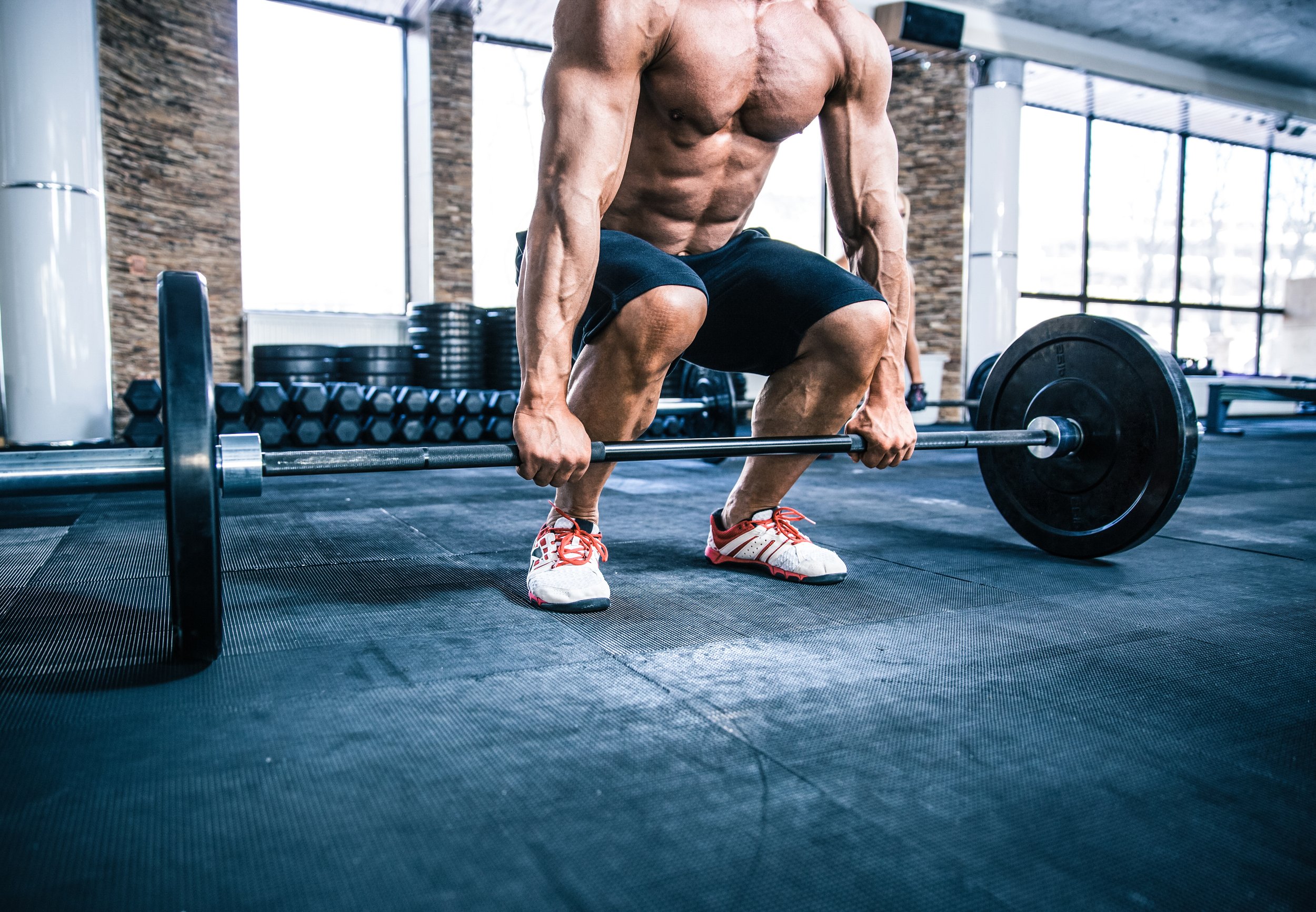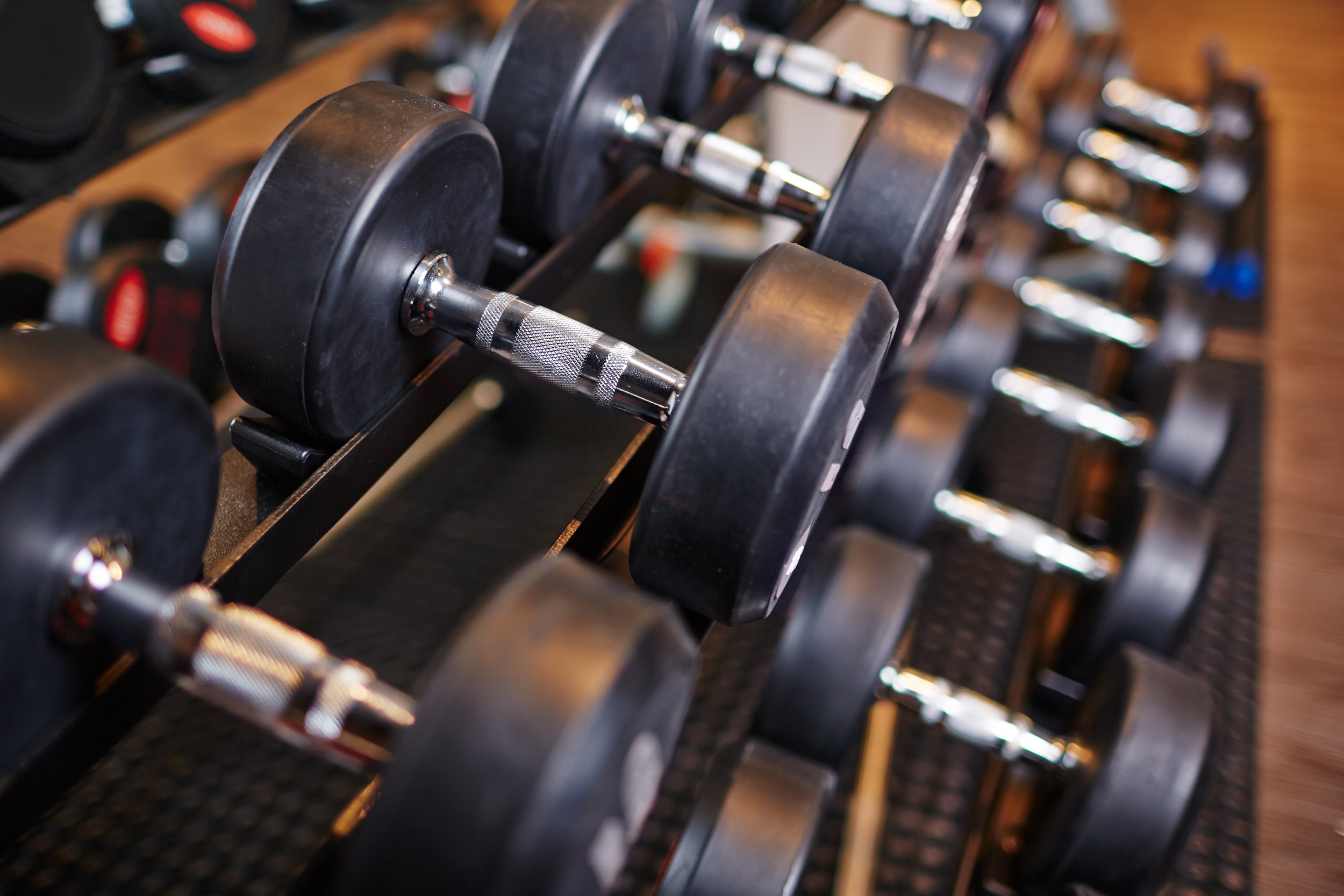Fitness For Desk Workers
Takeaway Points:
Large quantities of sitting are negatively associated with long term health - and unfortunately, many of us don’t have the luxury of getting away from our desks.
Luckily, there’s a lot you can do to offset these negative effects to ensure optimal health in the long run - desk work is far from a death sentence!
Fitness For Desk Workers
Desk workers spend much of their time seated in front of their computers - me too, at this point!
While desk jobs are certainly very convenient, especially if you work from home, there are a lot of limitations that this places on your health.
In general, sitting too much is independently associated with increased mortality rates. While I’d say that it’s certainly a misnomer to say that “sitting is the new smoking” (as was passed around a lot a few years ago), it’s certainly true that sitting too much could be negatively impacting your health in the long run.
Large amounts of time spent sitting also present other issues with your posture, and potential injury risk.
Luckily, most of these issues can be offset by using the right fitness approach, which is the purpose of this post today. Here’s how you can approach fitness to offset the challenges of desk work.
Get The Right Desk Setup
I used to have terrible upper back pain. This is partly due to the fact that I just have scoliosis of my upper back which makes it hard to develop strength and stability in this area, but also partly because for years, I just had a bad desk setup.
I used to use a cheap old Amazon desk chair, and my desk was a basic IKEA desk with no accessories. While this worked well enough for short periods, part of the issue was that my setup was not very comfortable, and encouraged very bad posture.
This caused me a tremendous amount of back pain, and I was never really aware of how bad it was until things improved. I bought a better chair, which made it more comfortable and easier to maintain good posture. I bought risers and monitor arms to get my monitors located higher up, which naturally encouraged me to look upward rather than hunching forward and looking downward, and this also made it a lot easier to maintain good posture.
As a result, I still get upper back pain, but much less than previously, and even then, it’s mostly due to the fact that I’m a little gremlin who still hunches over the computer a little bit.
I’ve also noticed an effect when it comes to my lifting - while I used to really struggle with developing strength in the squat and overhead press, partly as a result of the pain and instability I was experiencing in my upper back, and the added recovery difficulty of this pain, all of that improved when my setup did. I now find it much easier to continue building strength in my squat and overhead press.
A little bit of work to make your desk setup more ergonomic will go a long way!
Break Up Your Sitting
It will often help to break up your sitting. For example, you can set a pomodoro timer or other periodic timer as a reminder to get up and stretch, move around a bit, do some mobility work, or even work in microworkouts- short, easy workouts typically consisting of just a single exercise. For example, bodyweight squats and pushups work well, as do band or dumbbell based exercises if you have this equipment available, and have a bit of privacy to do this (you work from home or have a private office space).
This can help to offset the negative effects of sitting, while also enabling you to work in other forms of exercise with benefits of their own.
Work In Cardio
It’s incredibly easy to work in cardio in many cases. An under-desk cycle like the deskcycle is relatively cheap, and gives you an easy and covert way to get in cardio at your desk with minimal disruption. It’s not the best cardio in the world, but it’s far better than doing nothing!
And of course, if you have the cash for it, a combination of a sit-stand desk and a desk treadmill will enable you to get the full effect of a nice walk, while at your desk. This is generally more useful for working from home than from an office, but it gives you an easy way to hit your 10,000 steps per day (or whatever target you want, because 10,000 steps per day isn’t a good recommendation for everyone).
This has the dual benefit of saving you a lot of time (less need to do cardio outside of your working hours) and also offsetting the effects of sitting, since you’re no longer entirely sedentary.
Don’t Skimp On The Lifting
Lifting is important for everyone. The benefits of lifting are numerous, including added strength, resistance to injury, joint stability, muscle mass, and bone mass.
However, it’s especially important not to skimp on lifting if you’re someone who’s very sedentary in your day job, because this means that you already have a strike against you.
A solid lifting routine for the average desk worker, who doesn’t want to focus too much on lifting as a hobby, is not very complicated!
All that’s needed is to do 2x/week of full body workouts, hitting all your major movement patterns (squat, deadlift, overhead press, bench press, and some kind of row or pullup/pulldown) on both of these workouts, for 3x5-10 per exercise or similar. This is a basic but brutally effective routine, which enables you to get the most out of your time in the gym while focusing more on the stuff that matters in your life.
Shameless Plug
If you’re interested, I recently created the 14 Day Unlearning Fitness Challenge, a FREE 14 day video course that busts myths, teaches you the basics you need to know to get results with your fitness program, and sets you up with a powerful minimalist routine to get you better fitness results with less effort. This program is a perfect fit for the average desk worker who wants to get the most out of their fitness with the least time invested.
About Adam Fisher
Adam is an experienced fitness coach and blogger who's been blogging and coaching since 2012, and lifting since 2006. He's written for numerous major health publications, including Personal Trainer Development Center, T-Nation, Bodybuilding.com, Fitocracy, and Juggernaut Training Systems.
During that time he has coached thousands of individuals of all levels of fitness, including competitive powerlifters and older exercisers regaining the strength to walk up a flight of stairs. His own training revolves around bodybuilding and powerlifting, in which he’s competed.
Adam writes about fitness, health, science, philosophy, personal finance, self-improvement, productivity, the good life, and everything else that interests him. When he's not writing or lifting, he's usually hanging out with his cats or feeding his video game addiction.
Follow Adam on Facebook or Twitter, or subscribe to our mailing list, if you liked this post and want to say hello!
Enjoy this post? Share the gains!
Ready to be your best self? Check out the Better book series, or download the sample chapters by signing up for our mailing list. Signing up for the mailing list also gets you two free exercise programs: GAINS, a well-rounded program for beginners, and Deadlift Every Day, an elite program for maximizing your strength with high frequency deadlifting.
Interested in coaching to maximize your results? Inquire here.
Some of the links in this post may be affiliate links. For more info, check out my affiliate disclosure.








